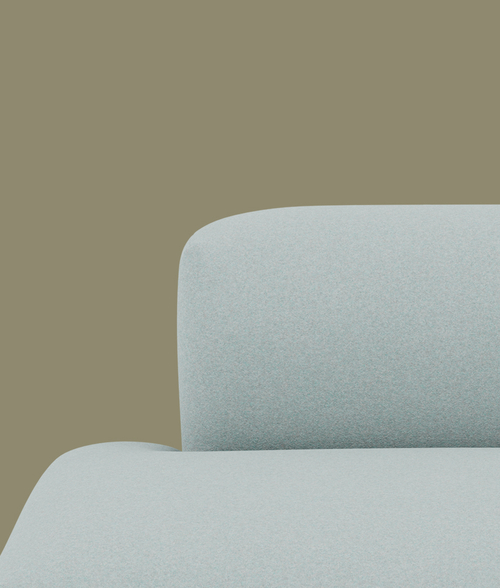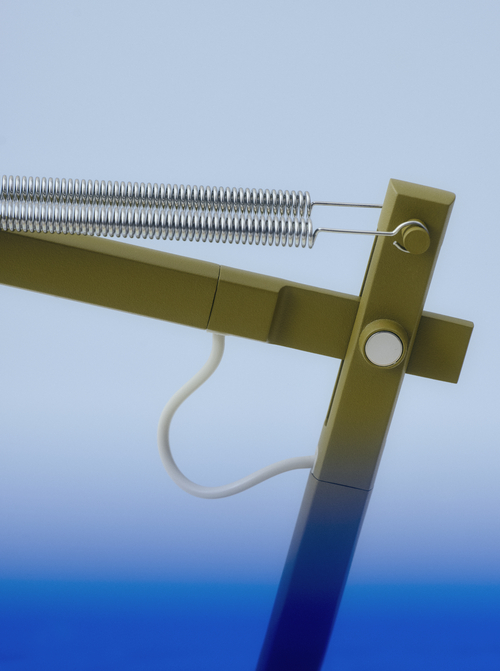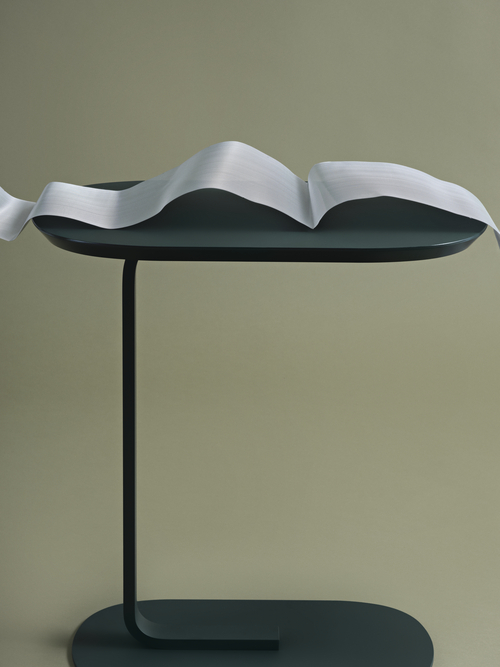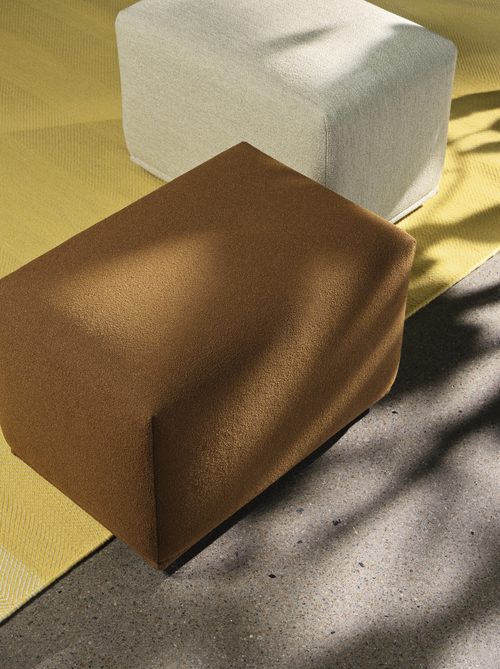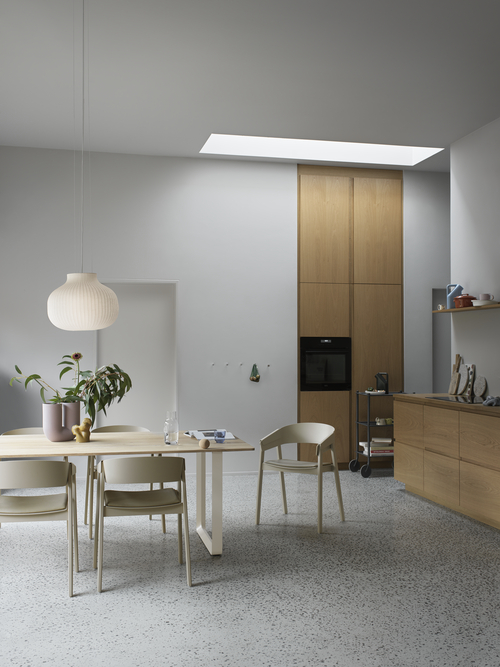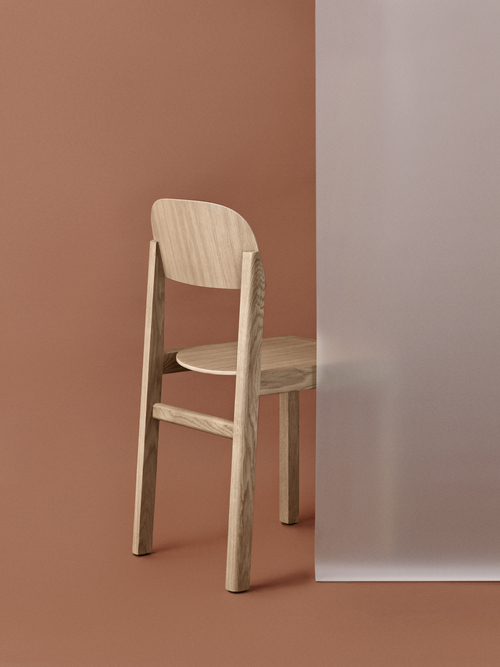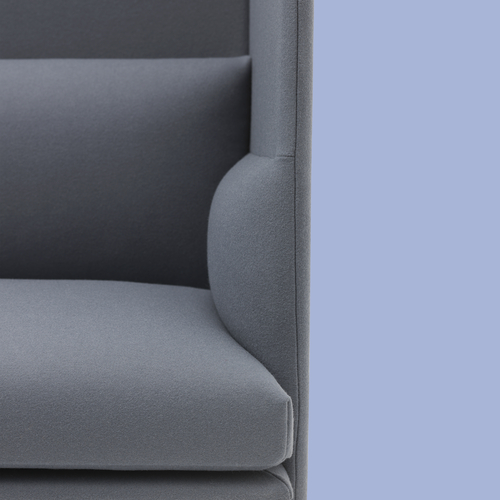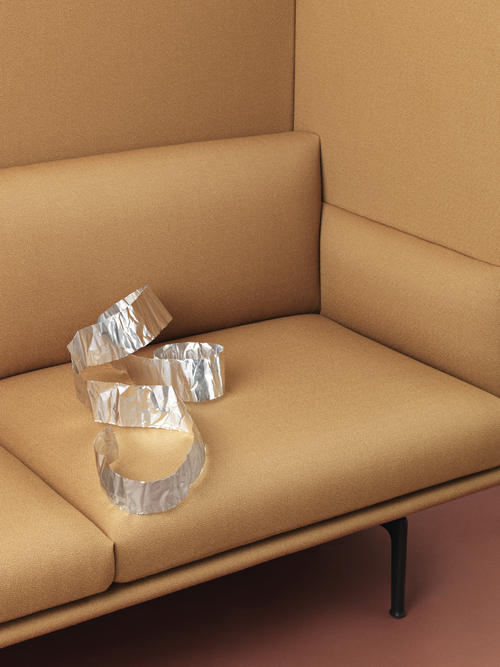So what happens when we replace the saying form follows function with form follows feeling? Understanding how the brain responds to art allows us to make informed decisions about our interiors, creating spaces attuned to a deeper level. Here, we will dive deeper into the field of neuroaesthetics and the five ways we can lean on it to design spaces that matter - based on insights from our collaboration with Susan Magsamen, founder and executive director of the International Arts + Mind Lab (IAM Lab), Center for Applied Neuroaesthetics at Johns Hopkins University School of Medicine.
Select country
our guess is, you're located in
designing intentional spaces for well-being

Intuitively, we all know the feeling of entering a room and immediately feeling at ease, or stimulated. That interacting with elements of design—be it light, color or texture—can trigger emotions and spark a dynamic interplay of neurotransmitters in our brains.
This process can shape our feelings, thinking, and behavior. There is more to design than meets the eye.

Five principles that make an impact
The field of neuroaesthetics is about mind-body connection: it gives a deeper understanding of the way art, design, and architecture activate our senses and stimulate our sense of well-being.
There are many lessons to be learned from neuroaesthetic research and principles when it comes to designing spaces for many. While places for healthcare, hospitality, education and office each come with a set of practical requirements, it should not all be about functionality and utility.
Creating intentional spaces means fashioning a place where we can feel at ease, energized or an innate sense of belonging. While there are a myriad of aesthetic impressions that affect how we feel in a room, research has shown that color, form, light, nature and tactility are particularly effective - especially when combined throughout a space.


Light as a tool
Our circadian rhythm is greatly impacted by both natural and artificial light. For example, sunrises and sunsets affect us profoundly, while up-light can make us feel awe. Cooler light makes us more alert, ideal for work and reading, while warmer light temperatures inspire a sense of calm, helping us wind down and relax.

"The amount of light, the light temperature, and when we are exposed to light, are all among aspects of light that play into how we experience a space and how it makes us feel. It can enable us to enhance performance in offices as well as schools, or induce a sense of serenity at our favorite hotel or café. "
Bringing our natural landscapes inside helps us stay on a circadian rhythm, to follow our physiological day and ultimately, stay in sync. For instance, if you want to promote a stimulating learning environment, you might consider ways to introduce more exposure to daylight, as it improves focus.
No wrong color combinations
Color has biological and psychological effects on us. It can bring about a visual sense of ease or vibrance to our surroundings, but also profoundly influence the way we feel and behave in a space. We know that some colors are universally favored. Color deeply affects our mood, helping us feel relaxed, focused or joyful - for example blue has a tendency to make us feel cooler and calmer, while warmer tones make us feel more stimulated.


susan magsamen "Renowned artist and colorist Josef Albers said the following about his color theories: ‘To follow me, follow yourself’. He was all about intuition, stating that there are no right color combinations."
As color is highly subjective, it is our senses that decide whether a given color makes us feel inspired, energetic or calm.
Tactility - knowing with our hands
We perceive the world around us through all of our senses. It is not just about how something looks but how it feels - we experience objects and spaces through our sense of touch. We know with our hands.
The use of tactile materials and surfaces that speak to our sense of touch draws us in and creates a pleasant sensation. You might be drawn to a certain kind of texture, and how it feels when you are engaging creates an experience much more powerful than simply seeing it. Why not introduce a deep seat upholstered in a colorful or tactile textile (or both!) that creates a distinct sense of identity or intuitively invites us to unwind - at the restaurant, reception or lobby?
The pull of round shapes
"We naturally gravitate towards certain shapes, in particular smooth curves. Research has shown that the smooth curves of modernist sculptor Jean Arp produce a pleasant sensation in the beholder – that we prefer smooth to sharp angles."
This inclination toward soft shapes makes us drawn to rounded forms rather than angular, such as the curved armrest of a lounge chair. Our hands naturally embrace the round shape of a cup because our hands have shaped it - it feels logical. We have so many millions of synapses and nerves in our hands that connect to our brain and what feels intuitively right.
Design is best when it speaks to these features of the human mind and body, not only utilitarian but also sensuous.


Biophilia and nature in the interior
We are scientifically proven to feel more profoundly calm in natural environments, still finding ourselves most authentically in nature. When we come inside, in some ways, we are taking ourselves out of the natural world. Research has shown that welcoming it back into our interiors helps to promote well being and lowers our cortisol levels significantly.
Susan Magsamen “For example, if you want to generate a feeling of healing and restorative quality, explore biophilic design that incorporates greenery as well as other natural elements and materials into the built environment. This could be a piece of furniture in warm oak wood, the use of earth tones, or even the humidity of air flowing through a building”
Acknowledging that we are deeply connected and wired to the rhythm of nature, many are now applying these elements in an office setting, hotel room or restaurant to make us feel more at ease and grounded.
Sources
‘Your Brain on Art: How the Arts Transform Us’ (Book, 2023) by Susan Magsamen and Ivy Ross
‘The Impact of Color With Susan Magsamen’ (Interview, 2021) by Muuto
‘A Space for Being - Exploring Design’s Impact On Our Biology’ (Feature, 2019) by Muuto
‘The Biology of Beauty’ (Article, 2021) by the International Arts + Minds Lab






